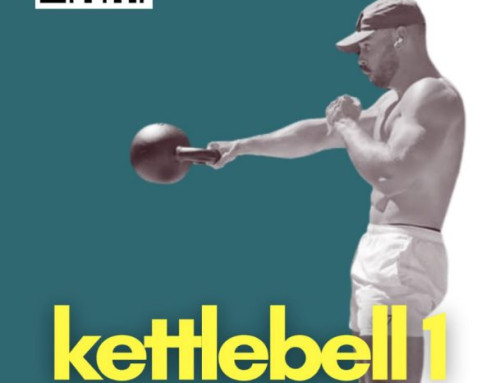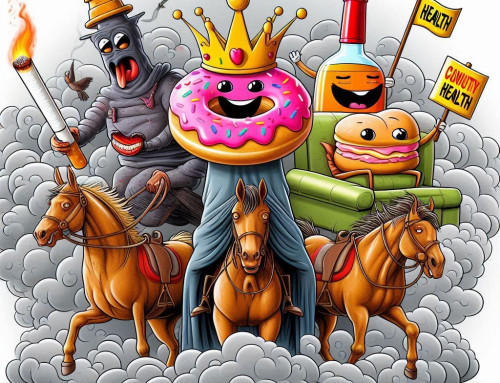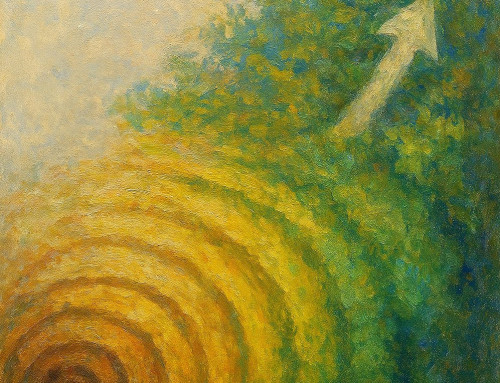Breathe in, breath out, breathe in, breathe out. How much would it suck if we had to consciously think about our breathing? Have you ever thought about your breathing? Don’t think too hard, you may pass out! Luckily, we don’t have to think about breathing in order for it to happen. Our autonomic nervous system takes care of this, as well as many other bodily functions such as heart rate, digestion, adrenaline dumps, tunnel vision, vasoconstriction of the blood vessels and so on and so forth. The conscious (voluntary) stuff is part of the somatic nervous system. Movement of body limbs fall under this somatic category. As I’ve mentioned in past articles, when fear strikes, the autonomic nervous system (specifically the SNS, sympathetic nervous system) kicks in and the heart rate goes up. And depending on how high the heart rate goes, this could have a positive effect on your performance (increased vision, hearing and motor skills) or it could have a negative effect (tunnel vision, muted hearing and decreased motor function). We can’t directly control these autonomic effects. But what if I told you that there was an indirect way we could? And that in a matter of seconds you could raise your heart rate into the perfect level to create the benefits? Or in that same amount of time you could drop an elevated heart rate to ease or even remove those negative effects and put you back into the positive effects? You can. And while martial artists for centuries have known how to do this, they’ve always shrouded it in mystery. I’m here to tell you there is no mystery or mysticism or even that it’s that hard to do. It’s actually quite simple. As with most everything though, it takes some practice.
Anyone who’s competed in martial arts tournaments can attest that you never know when you are going to compete, you just have to be ready when you’re name or division is called. And when it’s called, there is very little time to get warmed up, stretched out, and mentally prepared. If it takes you more than a few minutes to reach optimal performance, you’re out of luck. I once competed at a tournament where I arrived at 7am and was told to be ready to compete anytime after 9am. I stood around, not eating, not drinking much so I wouldn’t have to take as many bathroom breaks (worried I’d miss the call) and staying “ready” for my name to be called. At 6pm my name was finally called. Needless to say, I wasn’t ready anymore. I was starving and exhausted and I hadn’t even started my competition. However, when it was time to compete, I did fine. Not great, but fine. Considering I had no food and was partially dehydrated, I did quite well. How? By knowing how to breathe and visualize. Let’s do an exercise. In a moment I want you to close your eyes and, not just remember, but relive a moment in your life that stands out the most in a proud, positive and exciting way. Whether it be the day as a child when you stood up to your bully and he backed down, or the day you ran for 5 touchdowns in a single game (Al Bundy reference anyone?), or maybe the day you pitched that no hitter and hit a homerun to win the game. Any experience that made you feel alive will work. While doing this, take deep breathes in through your nose and out through your mouth. Feel the air enter down deep into your gut, not just shallow chest breathing. Go ahead, close your eyes and relive that experience. I’ll wait.
How do you feel? Is your heart pumping? Do you feel motivated? Can you feel that spark in your gut growing into a flame? It’s amazing how a few seconds of visualizing and breathing can dramatically alter both your mental outlook and your physical ability. Don’t worry if it didn’t work extremely well the first time, the more you do it, the better you will get at it. The ability to tune out everything around you is a huge factor in truly “reliving” those past experiences. The more you tune out everything, the better you can immerse yourself in that memory and gain that full physical and mental boost it gave the day it actually happened. Another thing that can help? Music. Some like upbeat music, but that’s not always the case. Sometimes a song or style of music can help with the visualization and trigger memories and feelings that bring you back to reliving specific moments to conjure up that desired effect of excitement or even bringing you back to a calmer state if needed.
Tactical Breathing
So now you have the elements you need to raise your heart rate and get your mind and body ready for action quickly, but what about when your heart rate is too high and the negative effects are taking hold? Visualization is highly unlikely to work at this point as your body is under a different state of control, it’s now being controlled by the autonomic nervous system (specifically the SNS, sympathetic nervous system). Under this control it is primarily instincts, reaction, and training that effect your actions. Higher brain power such as critical thinking and reliving memories on command are highly inefficient and in some cases, just not possible. So visualization is out. You’re left with breathing. You can still consciously control your breathing, albeit very difficult if you do not practice doing so. So how do you breathe correctly to control your fear and/or anger? There are actually many ways, and everyone is a little different, however, there is a breathing exercise outlined in the book, “On Combat” by Dave Grossman and Loren Christensen called “Tactical Breathing” that is very similar to what I have used over the years and is a great place to start for someone just beginning to use tactical breathing. The process is as follows: Breathe in (through the nose) for 4 seconds, hold for 4 seconds, breathe out (through the mouth) for 4 seconds, hold for 4 seconds and repeat 3 times. Note that everyone is a little different, some may need to repeat this 4 times, some more. Some may need to breathe in for 6 seconds, others longer. Practice this breathing and feel how it changes your heart rate and concentration, make adjustments as necessary. This breathing process can be a life saver. The difference between a heart rate over 200 bpm in a serious situation versus a heart rate under 200 bpm can be the difference in life or death, or the difference in making a bad decision versus making a good decision.
Whether you need to get pumped up for an event or in need of calming the nerves, take the time to breathe (and visualize). If you can learn to control your breathing, then you can, to an extent, control your autonomic nervous system. It may seem mystical to be able to control your heart rate, adrenaline dumps, and where the blood in your body is sent to, but it’s not, it all starts with your breathing!







Leave A Comment